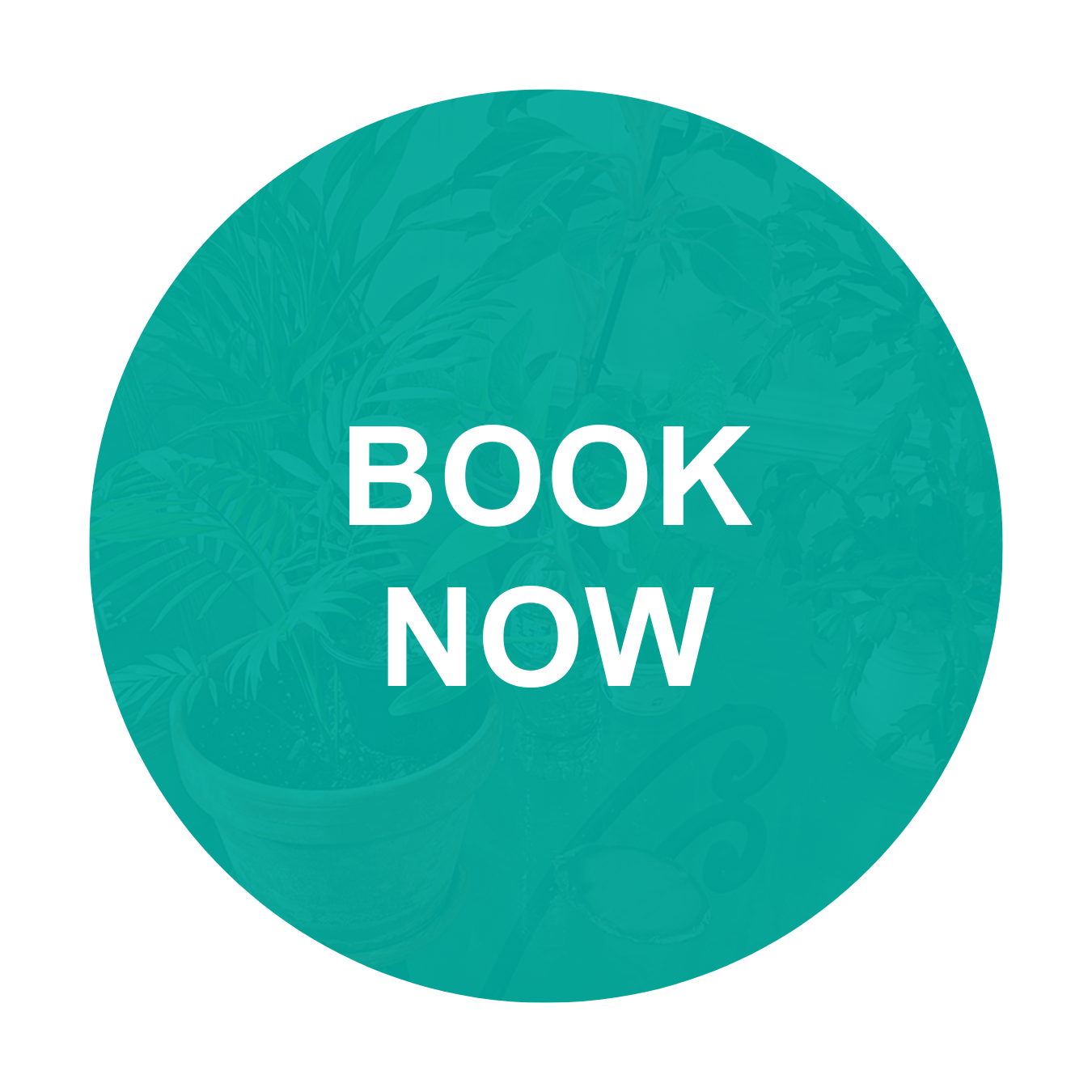Acupuncture Physical Medicine (APM) is a modern approach to classical meridian acupuncture which has been developed by Tri-State College of Acupuncture founder, Mark Seem, Ph.D. In APM, the focus is on locating and releasing the client’s physical holding patterns (tight, constricted areas in the body) that contribute to their chronic health complaints. APM draws from classical acupuncture from China, Japan and Europe, as well as from modern principles of osteopathy and physical medicine, especially the myofascial release of soft-tissue constrictions advocated by the late Dr. Janet Travell and Dr. David Simons.
How is Acupuncture Physical Medicine (APM) Different?
The most common style of acupuncture practiced in North America today, known as Traditional Chinese Medicine (TCM) , is a modern form of acupuncture developed in the People’s Republic of China to practice acupuncture along with herbal therapies according to principles of TCM internal medicine.
In contrast, APM draws from the best of classical acupuncture and modern Western physical medicine creating a hands-on practice focused on a person’s own unique holding pattern. The aim is not a Chinese medical diagnosis and treatment based on TCM, but rather a physical medicine evaluation and treatment based on the client’s actual experience of injury, disease, illness or distress.
In APM,clients are evaluated and treatment is begun on the table, with a hands-on discovery of unnatural tightness or constriction with an intent to discover the relationship between the tightness and the actual complaint. Once these tight areas are discovered and confirmed by the patient, an acupuncture treatment is performed directly on and in the discovered area.
Years of chronic constrictions can yield in relatively few sessions, and the client will make far greater strides in their other healthcare goals.
APM is readily integrated into a multi-disciplinary approach to client care and can be used in conjunction with traditional medicine or other complementary treatments.
What conditions does APM treat?
Acupuncture Physical Medicine is best suited for complex and chronic disorders that often fall outside mainstream modern medicine treatment. Examples are chronic pain, chronic fatigue, allergies, and stress disorders. Treatment is also effective in the symptomatic relief of internal medical complaints in the various organ systems of the body, including neurological, cardio-respiratory, gastro-intestinal, genitourinary, and gynecological complaints.
This approach also is of enormous benefit to adult survivors of emotional, physical or sexual abuse when combined with the appropriate psychotherapy. A list of common complaints that APM treats effectively includes:
Musculoskeletal disorders (MSDS)
MSDS include such things as carpal tunnel syndrome and repetitive strain injuries when caused by using poorly designed workspaces or jobs that involve repetitive actions. APM is especially well suited for the early treatment of such disorders and often proves successful in very few sessions. When combined with the right physical or occupational therapies, APM can provide great relief even in the most severe cases.
Carpal Tunnel Syndrome (CTS)
When caught early CTS, APM can release the musculoskeletal aspects of this common complaint before it grows permanent. Many people are too hastily diagnosed with this disorder who go on to see little or no improvement after surgery, because the muscular component was never addressed.
Repetitive Stain Injuries (RSI)
RSI, also known as cumulative trauma disorders, are clues to habitual overuse of a small set of muscles and occur frequently in computer users, musicians, and those who use their hands at work (carpenters, etc.) or in leisure activities (knitting, home decorating, gardening). APM can rapidly loosen up the more serious constrictions involved, leading to less frequent and less serious discomfort, and clients then often make much greater progress in physical therapy, bodywork or stress reduction programs and can often then begin to work on strengthening the muscles involved to prevent relapse.
Performance Injuries (Sports or activity related)
Soft-tissue injuries like pulls and other musular injuries that are frequently experoienced by dancers, musicians and athletes are often relieved in a few sessions if caught early by APM treatment and APM can be integrated with physical therapy very effectively even in very chronic cases.
Digestive Problems
The symptoms of irritable bowel syndrome (IBS), colitis, heartburn, gastric distress and chest discomfort suffered by these clients often yield greatly to the myofascial release of tight abdominal muscles with APM treatment.
Stress Disorders
Along with other proactive therapies such as yoga, relaxation, hypnotherapy or breathing techniques, APM can help people learn how to physically react to stress with less pain and discomfort, rendering them more capable of pursuing those things their stress disorders had been preventing them from enjoying.
Post-Trauma Disorders
People who have sustained emotional, physical or sexual abuse, or who have suffered other extreme traumas often need to release the physical armor that their bodies have created to protect against further trauma. Combined with the right psychological treatment, such people can move beyond repetitive patterns that prevent them from living fulfilling lives.
Female Health Concerns 
APM is extremely effective in cutting down on the frequency and severity of PMS, as well as restoring or helping to regulate menstrual cycles. APM is also very effective in relieving some of the effects of menopause.
